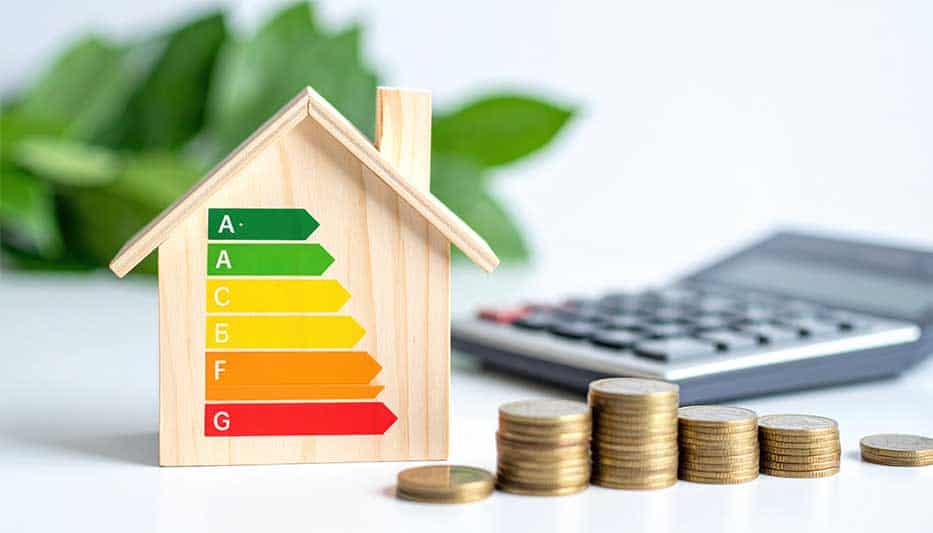
Tourist rentals could become more difficult with new changes from July 2025
The Spanish property market is entering a new phase, and from 1st July 2025, we expect a growing preference for new-build homes—especially among buy-to-let investors and holiday homeowners. Why? There are two key reasons, and both could reshape how property is valued, bought, and sold moving forward.
Tourist rental rules: Developers have the advantage
In new-build communities, developers can control the first community vote—and they’re likely to secure the 60% majority required to allow tourist rentals. This makes these properties much more appealing to holiday homeowners who want to use the property themselves but also rent it out when not in use.
In contrast, existing urbanisations face an uphill battle. Permanent residents may resist the idea of transient holiday lets next door, citing concerns like noise, security, and lack of community cohesion. Even if holiday rentals could increase resale value, it’s often not enough to sway resident voters.
So, buyers seeking flexible, income-generating properties will increasingly turn to new-build developments, making them more in demand—and likely more valuable.
Energy efficiency can no longer be ignored
Starting in 2030, the EU has dictated that Spanish properties must have a minimum Energy Performance Certificate (CEE) rating of E to be sold. By 2033, that minimum rises to a D rating.
New builds are already being constructed to meet these future standards. But many resale properties—especially older ones—may never achieve these grades without substantial investment. And in many cases, those upgrades may not be economically viable or recoverable in the resale price
This puts pressure on owners of older homes and increases the long-term appeal and value of energy-efficient new builds.

Spanish property market, changes to energy rating requirements
What this means for property valuations
At Survey Spain, we’re watching these trends closely. As RICS Registered Valuers, our role is to provide evidence-based current market valuations, not Spanish bank valuations. But here’s the challenge: valuation is based on past sales, and the data reflecting any shift in the market may not appear in asking or sale prices for months.
Do we adjust our valuation figures now, based on logic and foresight? Or do we stick to hard data and simply warn clients about what’s likely to happen?
We lean toward the latter. But we know from experience that clients often focus on the figure and overlook the context. We always include commentary in our reports to explain future risks or trends that could affect long-term value.
Looking ahead: What buyers, sellers, and valuers need to keep in mind
From July 2025, tourist rental voting rules and energy regulations will start to reshape Spain’s property landscape. For buyers, investors, and property professionals, this means rethinking what makes a property valuable—not just today, but five or ten years from now.
If you’re buying, selling, or advising clients, it’s more important than ever to work with valuers who understand the nuances of the market and the regulations shaping its future.
Need advice on how these changes affect your property?
Contact Survey Spain for trusted, independent valuations grounded in market knowledge and forward-thinking analysis.




